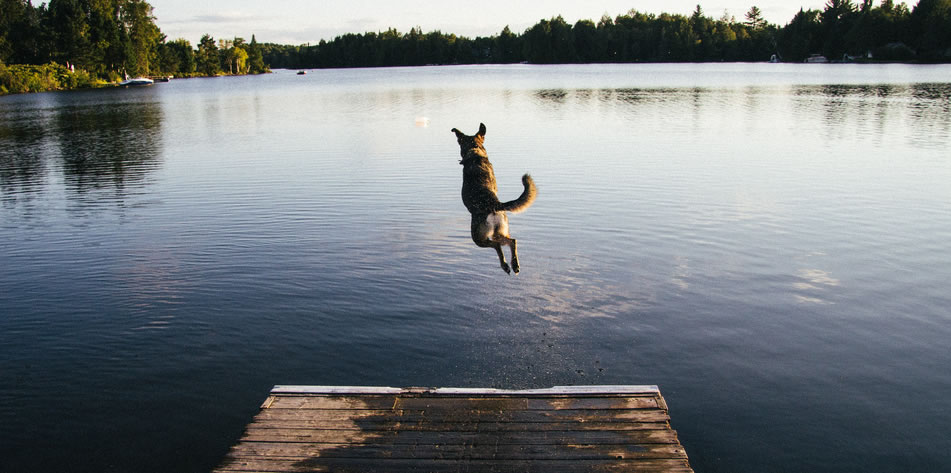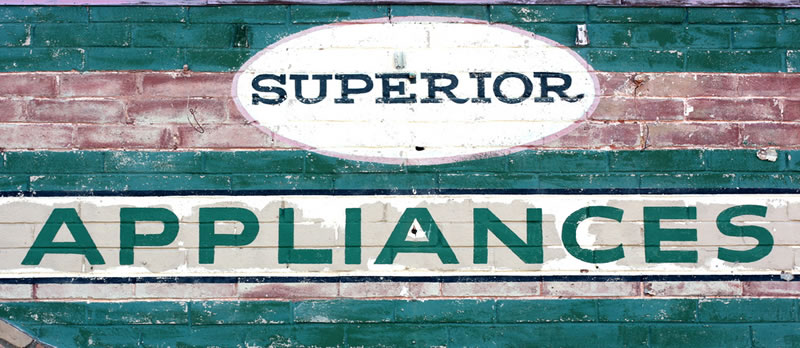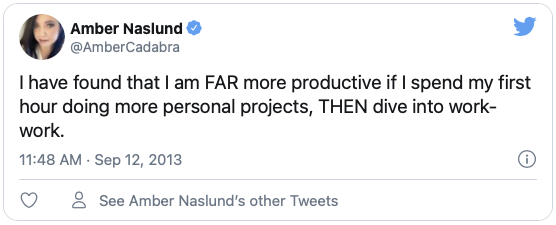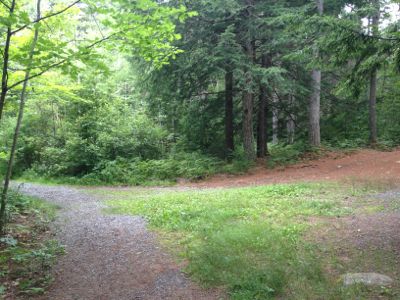Revisiting Writing on My Own Site
It's been a little over three years since my last post.
That's a long time. It is not that I haven't been writing. I write for work daily.
Lately, I've been reimagining what this site should be. I think it could be a useful tool for my career as well as to share some of the other things that interest me.
Of course, this is exactly what a blog is — a repository for ideas to be shared with the world.
This morning I came across a post in my Twitter feed from Brad Frost (@brad_frost), who shared this post: "Write on your own website." I can't help but think I should have been doing this all along.
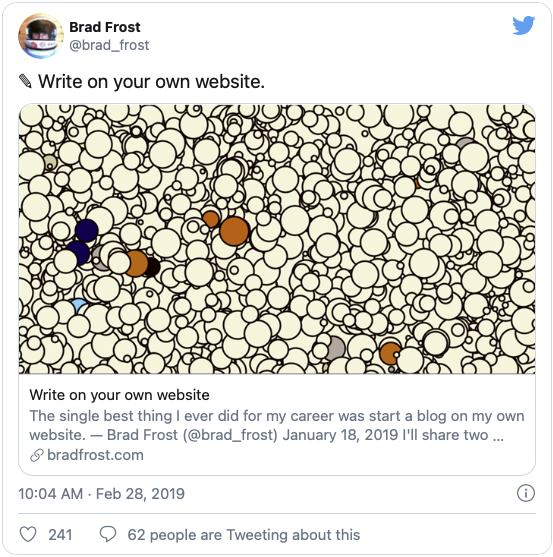
I first heard about blogging in 2003, in Toronto, while doing location sound recording for a young, independent filmmaker (daytrader by day) on a short he had written. He was talking to me about blogging as if everyone has heard about it. I had no clue what he was talking about.
It wasn't until several years later when I grasped what a blog was.
Blogs became a significant part of my self-learning tools. I have probably tried or used every feed aggregator to find and read up on topics I was interested in. I bought many books based on posts I read or authors who blogged—especially in Marketing and Web Design and Development.
Over the years, more and more of my work is writing. Writing microcopy on interfaces, blog posts and emails for our company, documentation for customers, documentation for my colleagues, responses to support requests, project scopes, proposals, website copy, social media posts, and much more.
In fact, since our team is 100% distributed, most of our internal communications are writing in Slack (these days), and other tools we use to collaborate.
Writing is my job.
"Writing on your own website associates your thoughts and ideas with you as a person. Having a distinct website design helps strengthen that association." – Brad Frost.
I think Brad is correct: writing can be an outlet and showcase for me—or anyone—to share their ideas, their work and demonstrate how they solve problems.
Perhaps a blog can be a portfolio of ideas.


